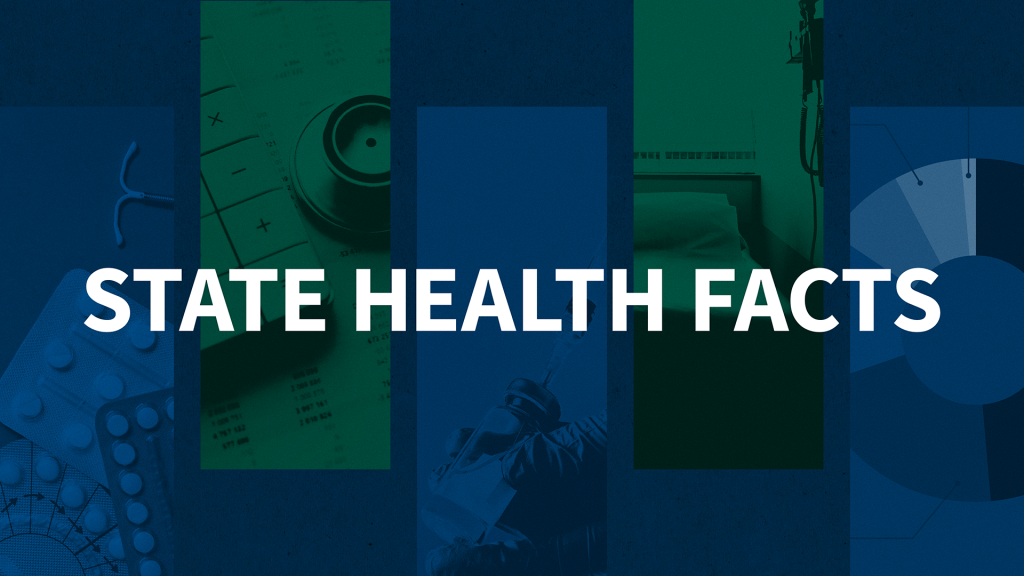Insurance Coverage and Viral Suppression Among People with HIV in the United States, 2015-2018
Health insurance coverage and access to care improve health outcomes, including viral suppression, for people with HIV in the United States. Prior research has demonstrated that implementation of the Affordable Care Act (ACA) in 2014 increased coverage among people with HIV and that certain forms of coverage are positively correlated with sustained viral suppression. We provide a 2018 update, the latest nationally representative data in this area, as well as trends over time.
